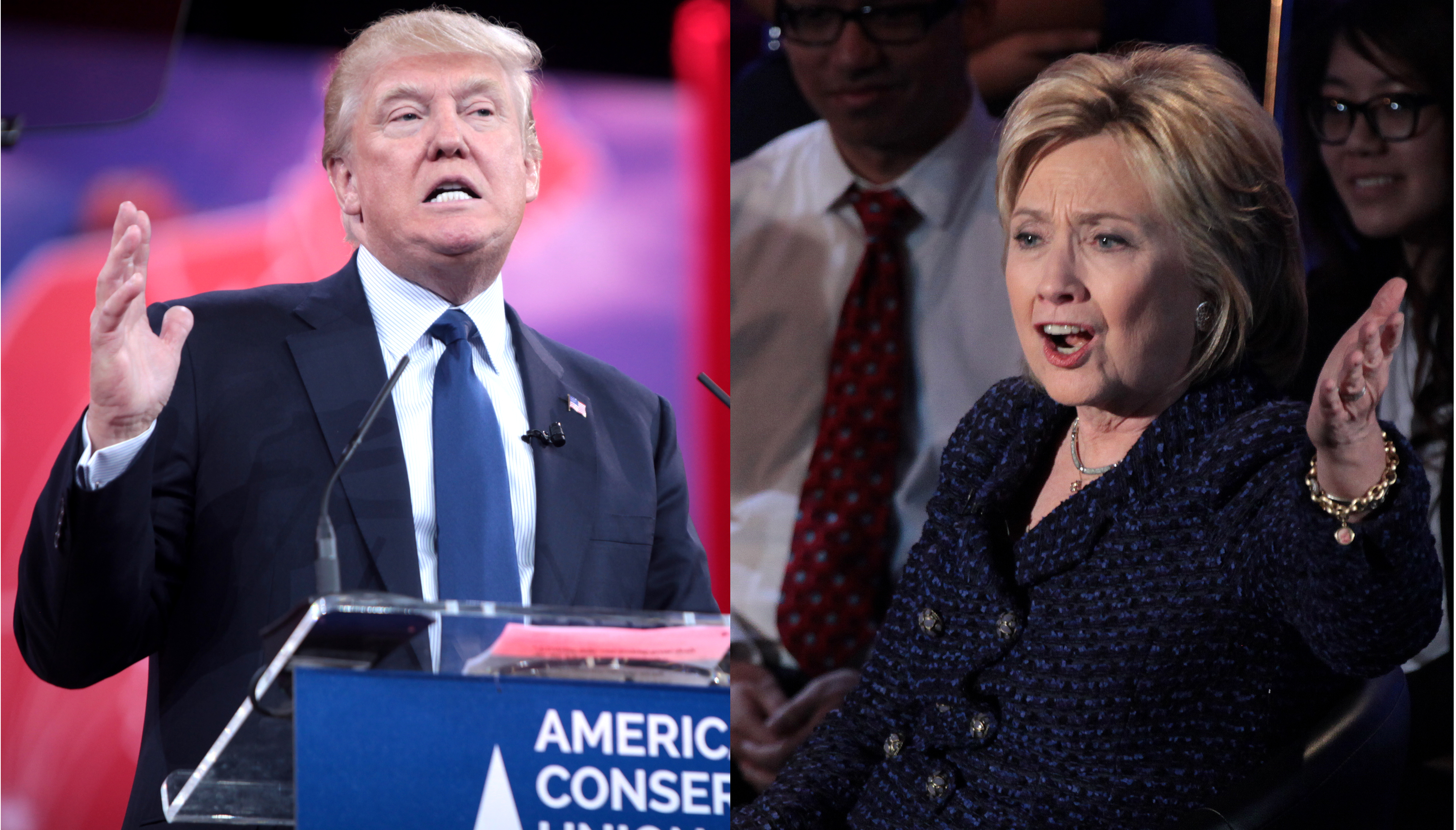The villain is a crucial element in any narrative. But it’s also the area that most progressive campaigns struggle with the most. Donald Trump’s use of the villain archetype during the campaign and his early presidency is a case study in the impact that naming a villain can have in motivating a base and persuading targeted audience segments.
While Trump’s constant insults may have seemed random during the campaign, he primarily used two techniques to successfully brand Clinton as a villain. First, he drew on sexist tropes that are already deeply embedded in our culture. For example, he referenced the stereotype of women as “the weaker sex”, saying that Clinton had “no stamina” and used physically intimidating body language during televised debates. Second, he emphasized old criticisms of the Clintons as corrupt, corporate democrats, and a wealthy insider by calling on her to release speeches she delivered to Goldman Sachs, labelling her as “Crooked Hillary”, and a member of “the Establishment”.
By successfully framing Clinton as a villain, Trump accomplished key campaign goals. With a weak policy background, he was able to deflect questions by assigning blame for problems to his opponent, saying that Clinton, “has experience, but it’s bad experience.” For example, in response to questions about foreign policy towards Libya, he said the country was “another one of her disasters.”
Additionally, Trump was able to frame Clinton as a villain to define his identity as a candidate. He characterized himself as a hero, standing in opposition to a “nasty woman”. If the public agreed that Clinton was a villain, they were open to viewing Trump favorably as the alternative.
As president, Trump has struggled to find a new villain as persuasive as the one he was able to present through Clinton. As the first months of his presidency are marked by failures like the muslim ban and the failed repeal of Obamacare, the question becomes: who will he blame?

